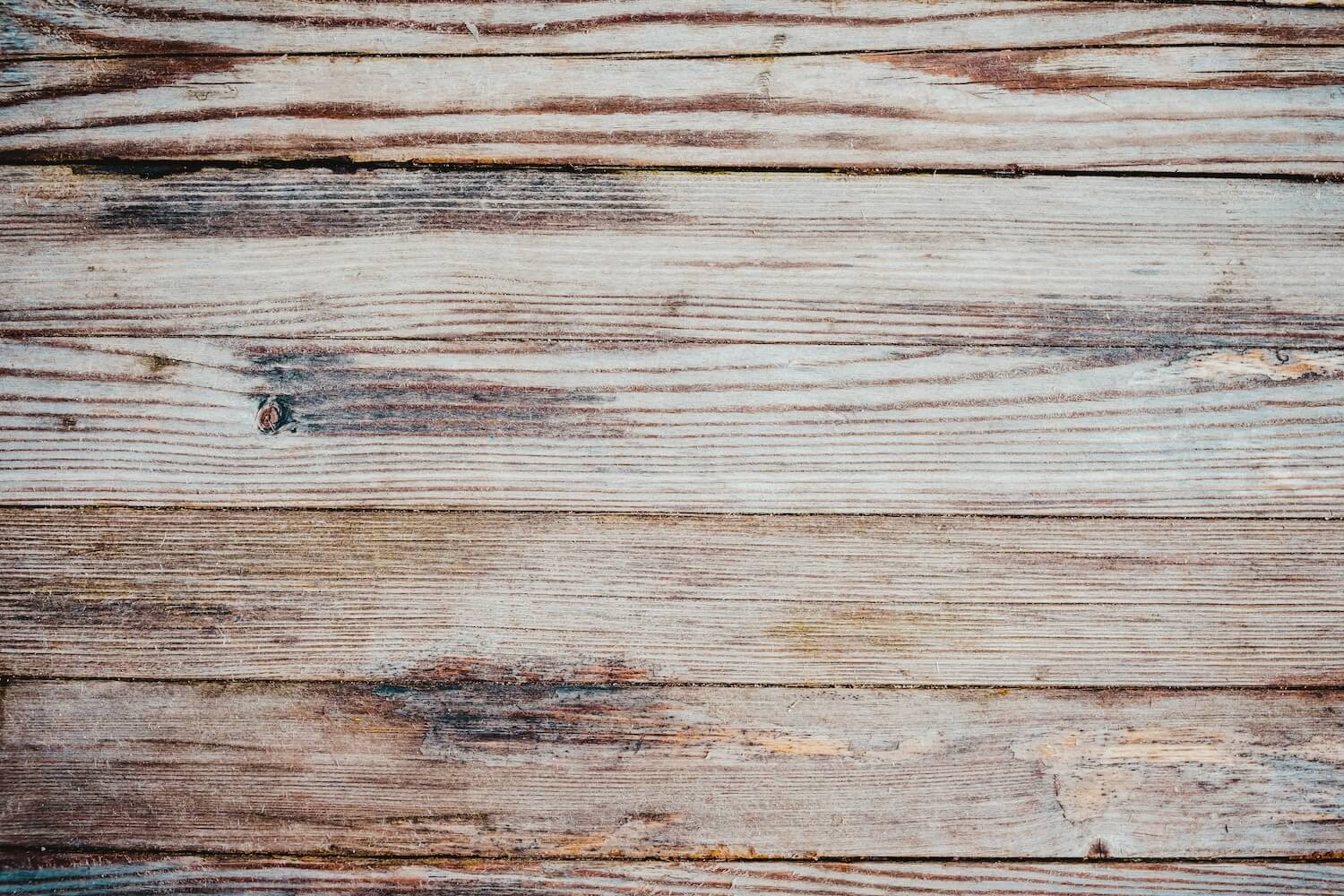Everything you need to know about wood
By Marie Soula, Ph.D., Eng., PRT
Wood’s versatility makes it an indispensable material in the design of many products. Given the wide variety of wood species, some are better suited than others for certain applications. However, all types of wood have a common enemy: moisture.
Wood is a renewable, natural material valued for its availability, low cost, and aesthetic appeal. The use of wood in construction is also a strategy to combat global warming because wood stores carbon. It is often used to create decorative elements such as furniture, flooring, siding, and doors.
Wood is a material with many characteristics. First of all, when it comes to trees, we distinguish between hardwoods and softwoods. There are many species within these two large families, all with different morphologies and properties. Maple, for example, is known for its hardness, making it an ideal choice for flooring. Finally, wood is not homogeneous within a single tree, a tree grows seasonally and forms rings. Morphology is different between earlywood (rapid growth in spring) and latewood (slow growth in summer), which creates variations, particularly in terms of coating adhesion. This high degree of variability creates a certain complexity in the use of this material and, consequently, in the analysis of its possible failures.
The Potential Ravages of Moisture
Wood’s first enemy is moisture. Due to its chemical nature and the presence of numerous hydrophilic[1] groups in its structure, wood tends to absorb water from its environment. As a result, the molecular chains in the cell wall become spaced apart, causing the wood to warp. This phenomenon is particularly common in flooring. Poor acclimation of the wood prior to installation or excessive moisture in the subfloor environment can cause significant and irreversible deformation (photo 1).

Inadequate moisture control can also cause exterior cladding, such as siding or shingles, to fail. While these products are designed to protect homes from the elements, they are not waterproof. Non-compliant installations increase the risk of water accumulation and moisture imbalance, which can lead to warping and leaching of wood extractives, resulting in staining (photo 2).

Finishing and Preservation
The application of finishing products (paint, varnish, or stain) to wood not only helps achieve the desired appearance, but also preserves its properties. Finishing also prevents the diffusion of wood compounds such as resins and oils. A finishing product will experience some degradation over time and maintenance will be required. However, some failures are premature and may be due to installation, maintenance, or material compatibility issues.
Many species contain resin pockets (softwoods) or knots (hardwoods) containing soluble extractives[2] that can cause staining and/or, in severe cases, cracking. The contents of the knots usually diffuse as the wood dries or during hot periods such as summer. This type of failure may indicate a drying problem or the absence of a suitable sealant to block this undesirable phenomenon (photo 3).

When exterior paint fails, “exposed” wood is no longer protected against UV radiation and weather conditions. UV degradation of wood generally results in a whitening of the surface. Exposed, damp wood is more conducive to the growth of microorganisms such as fungi.
To repair this type of failure, it’s important to first identify and correct the cause (installation, wood preparation, etc.).
Then, before repainting, the wood must be sanded to remove all paint residue and microorganisms. Then the primer, which allows the paint to adhere, and paint can be applied according to the manufacturer instructions. In cases where the material is degraded/contaminated throughout its thickness, it may be necessary to replace it entirely.
In summary, despite its many advantages, wood has certain characteristics that must be considered to maintain its integrity and extend its useful life. If you still feel you’re not out of the woods in a case involving a failure of this material, don’t hesitate to call on the expertise of a forensic investigator.
